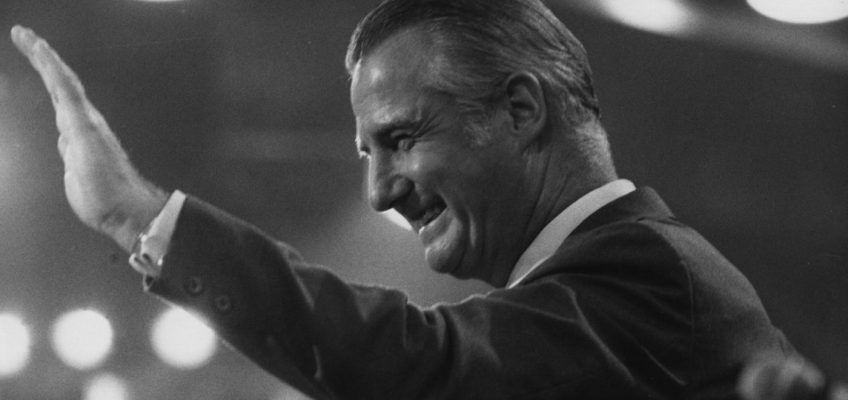Las Vegas Aces coach Becky Hammon was reflective in the moments after her team’s reign as two-time defending WNBA champs came to an end Sunday when the Aces were bounced by the New York Liberty in Game 4 of their semifinal series.
It was a somewhat frustrating year for the Aces, who still had all the talent in the world but failed to find the same gear they possessed in the two prior seasons.
“We had excellent talent,” Hammon told reporters, “and had a good team.”
Just a good team. Not a great one, much less excellent. The Aces simply didn’t equal the sum of their parts.
In comparison, Hammon — unprompted — found the Lynx to be quite the contrary.
“You take a team like Minnesota, and you have good talent,” she said, “but you have an excellent team.”
This is a super team era in the WNBA. Last year’s finals featured Las Vegas and New York — two squads flush with all-stars and high draft picks. Those are the teams with the big names, and they’re the ones who received the bulk of the media coverage and recognition. And rightfully so. They were the ones contending for titles.
Minnesota was not. And the expectation at the beginning of the season was that would continue. At the season’s outset, oddsmakers had the Lynx at about 50-to-1 to win the WNBA title.
Minnesota didn’t appear to have the talent to compete at the highest level. Yes, Napheesa Collier was great. But Las Vegas and New York were stacked with high-end players. Minnesota seemingly had one.
But then the early results suggested Minnesota might be different. The Lynx started 4-1. Then they were 13-3. Then they won the Commissioner’s Cup, beating the Liberty 94-89 in the final.
“You’ve got to talk about us now. You’ve got no choice,’” Lynx coach and general manager Cheryl Reeve said to the media after that win. “We just beat a super team. You know how hard that is to do. Because you guys love your super teams, man. You love your super teams. That’s all you want to talk about is your super teams. And we just beat a super team, so let’s talk about it.”
And yet, the narrative only seemed to shift so much. Even as Minnesota continued to win games, even as the Lynx played the best basketball of any team in the league after the Olympic break. Still, all the conversation around the WNBA semifinals centered on Liberty-Aces.
Minnesota-Connecticut was on the undercard.
That was brought to Collier’s attention during the semifinals, and, frankly, she appreciates the lack of notoriety at this point in the season.
“If you keep underestimating us and we just keep doing what we’re doing. We come in and hit teams in the face, because they have the same mindset,” Collier said. “I think we’ve proved who we are all season, and we have so much belief in ourselves and we know what we’re capable of, and that’s what we’re trying to go out and show every night. So it doesn’t really matter what other teams are saying and believing. It just matters what this core team is feeling, and we know we have something special here.”
They’ve known it since training camp, when they experienced firsthand their willingness to move the ball on offense and grind possessions out on defense. The power to do both came from the want to achieve for one another.
The collective was stronger than the individual pieces.
“We like each other, beginning in training camp we meshed so well, the chemistry was there, and we kept growing it,” Lynx guard Courtney Williams said. “You could just feel the difference and the way we play for one another, our selflessness, everyone just wants to win. At the end of the day, that’s what this team is about.”
Reeve said Minnesota could’ve taken two different approaches when it became clear Las Vegas and New York had “swallowed up the top talent.”
“You can either go, ‘OK, well it’s not going to be our time for a while, we’ll just wait,’” she told reporters. “Or you can say, ‘We’re going to find a different way.’ ”
Minnesota chose the latter, and its path has been one filled with team-first basketball that capitalizes on the individual abilities of each player to make the five-player combination on the court as successful as possible. Now, only the Liberty — the final boss — stand between Minnesota and the top of the mountain.
A similar scenario has played out before on the men’s side. Reeve harked back to the 2004 NBA champion Detroit Pistons, who used a similar recipe to down a Lakers team featuring Kobe Bryant, Shaquille O’Neal, Karl Malone and Gary Payton in the Finals.
“So there’s more than one way (to win),” Reeve said. “There’s more than one way to do this, and so a super team we are not, but we’re a darn good basketball team.”
Yes, the “not a super team” chip is still on Reeve’s shoulder, as well as those of her players.
“I think the chip been there,” Williams said. “(Pundits) had us ninth at the beginning of the season, so that chip never went away. We block out the noise. We know what we can do, we’ve been knowing what we can do, so we’re just going to keep showing everybody what we can do.”
WNBA Finals preview: New York’s offense was elite all season … but not against Minnesota’s tenacious defense
New York Liberty and Minnesota Lynx to meet for WNBA championship
Lynx advance to WNBA Finals by crushing Connecticut in Game 5
It’s all on the line for the Lynx in Game 5 of the semifinals. Here’s what to know.
Jace Frederick: This is the time for Napheesa Collier to have another moment




